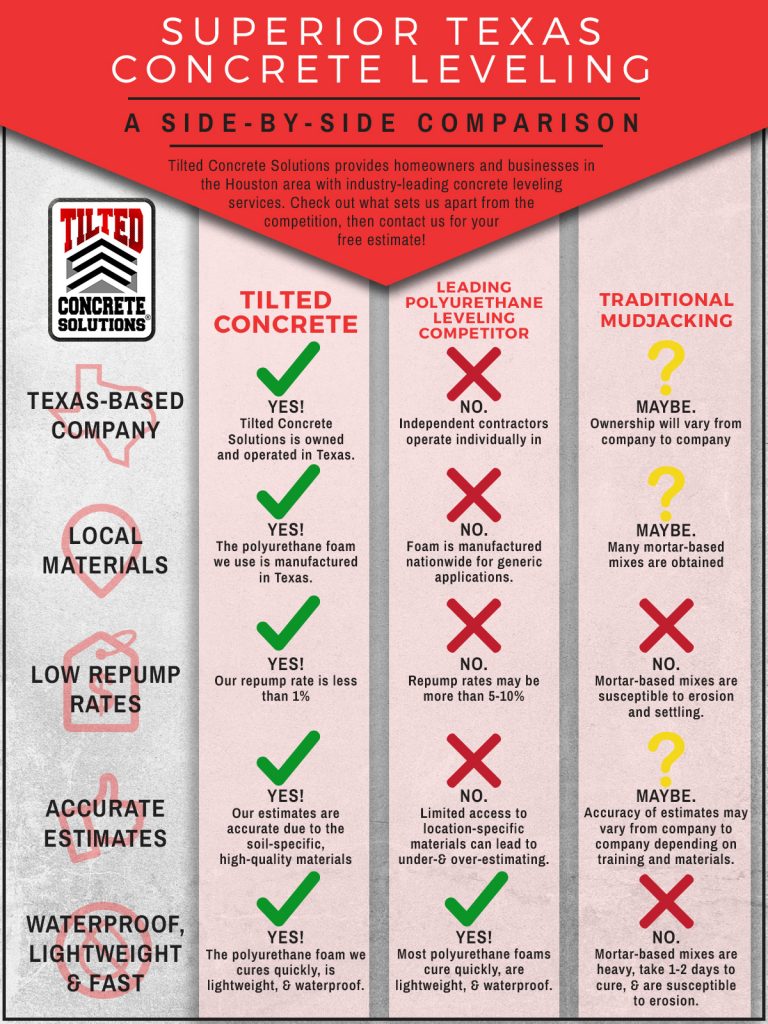Explore The Effect Of Seasonal Aspects On The Efficiency Of Industrial External Paint And Recognize The Ideal Times To Achieve Enduring Outcomes For Your Task
Explore The Effect Of Seasonal Aspects On The Efficiency Of Industrial External Paint And Recognize The Ideal Times To Achieve Enduring Outcomes For Your Task
Blog Article
Personnel Writer-McLamb Chaney
When you're preparing a business outside painting job, seasonal elements can make or break your results. look at more info 'll wish to consider just how temperature and humidity effect paint application and drying out times. Selecting the right period can guarantee your paint sticks correctly and lasts longer. However which Suggested Reading are absolutely the most effective for this sort of job? Let's check out the key elements that can impact your project's success.
The Influence of Temperature on Paint Application
When you're planning a business external paint job, the temperature level can substantially affect just how well the paint adheres and dries.
Ideally, you wish to paint when temperatures vary between 50 ° F and 85 ° F. If it's also cold, the paint might not treat properly, leading to problems like peeling off or breaking.
On the other hand, if it's as well warm, the paint can dry also promptly, avoiding correct attachment and leading to an irregular finish.
You ought to additionally think about the moment of day; early morning or late afternoon supplies cooler temperature levels, which can be more beneficial.
Always examine the manufacturer's recommendations for the details paint you're making use of, as they frequently give support on the suitable temperature array for optimum outcomes.
Moisture and Its Effect on Drying Times
Temperature isn't the only environmental factor that affects your commercial external paint project; moisture plays a substantial function also. interior painter plymouth can decrease drying out times dramatically, affecting the general top quality of your paint task.
When the air is saturated with wetness, the paint takes longer to cure, which can bring about problems like inadequate bond and a higher danger of mold development. If you're repainting on a particularly moist day, be prepared for extended wait times between layers.
It's vital to monitor neighborhood weather and plan as necessary. Preferably, go for moisture levels between 40% and 70% for ideal drying.
Keeping these consider mind guarantees your job remains on track and supplies an enduring surface.
Best Seasons for Commercial Exterior Paint Projects
What's the very best season for your industrial outside painting tasks?
Spring and very early loss are usually your best choices. Throughout these periods, temperatures are mild, and moisture degrees are usually lower, developing excellent problems for paint application and drying.
Prevent summer season's intense heat, which can cause paint to dry also promptly, bring about inadequate bond and surface. In a similar way, winter's chilly temperature levels can impede appropriate drying out and healing, running the risk of the durability of your paint job.
Aim for days with temperatures in between 50 ° F and 85 ° F for ideal results. Bear in mind to inspect the regional weather prediction for rainfall, as wet problems can destroy your project.
Planning around these variables guarantees your paint task runs smoothly and lasts much longer.
Verdict
In conclusion, intending your business exterior paint projects around seasonal factors to consider can make a substantial distinction in the end result. By scheduling work throughout the perfect temperature levels and moisture degrees, you'll ensure much better attachment and drying times. Remember to keep an eye on neighborhood weather report and choose the correct time of year-- spring and early fall are your best bets. Taking these steps will certainly help you attain a resilient and expert surface that lasts.
